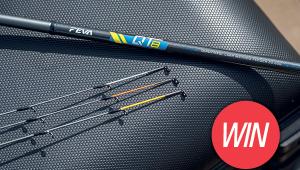Modify The Margins
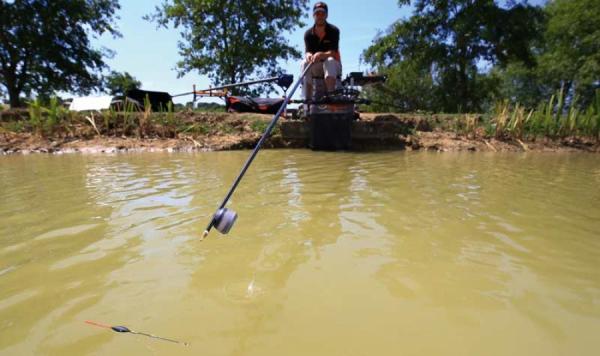
Lee Thornton reveals a margin approach for the modern era. Margin fishing is in a period of transition, and in this feature we are looking at modifying the way we feed and fish existing baits on commercials down the margins, to try and give you the winning edge.
Groundbait and micro pellets are probably the most used baits down the edge, but fish have wised up to these tactics, making methods that used to work far less effective. This in my opinion is down to two reasons: one, the fish get used to being caught in a certain way and are conditioned to behave differently to avoid getting caught, and two, once every angler fishes in a similar way, any key defining edge is taken away, making the draw more important than before.
Traditional Margin Baits
As stated, it is well known that both groundbait and micro pellets are hugely effective at attracting feeding fish into the edge swims.
Groundbait, with its fine particles, in my experience is the finest attractor and will pull fish into the edge far more effectively than any other bait, but it has a massive drawback – it can make fish very difficult to catch!
The fine particles are easily washed around the peg and carp have realised that, as long as they don’t pick up a large heavy standout bait such as double corn or worms and suchlike, and ensure that they wait for the fine particles to wash away from the main feed area, they can feed quite happily and not get caught.
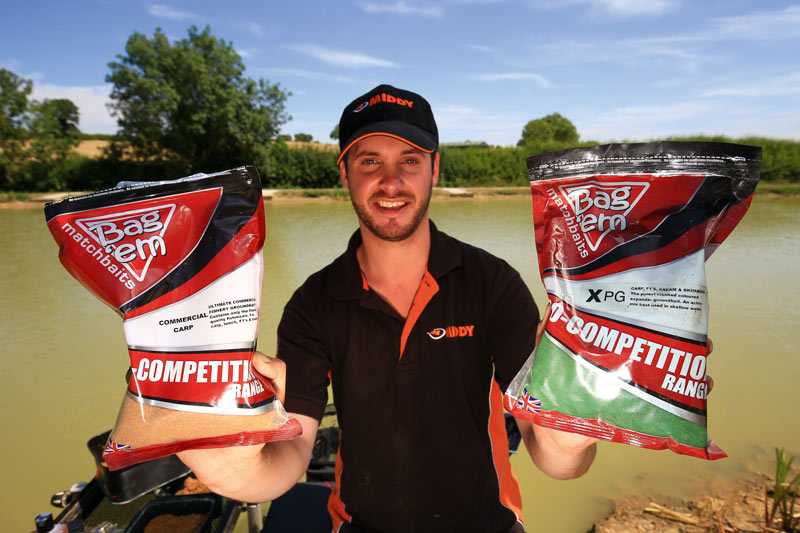
Micro pellets have been brought in to combat the effect of the above; being heavier they are less likely to be washed around the peg, and with fish wising up to groundbait, micros have had their day as being more effective for a period of time. Now with fish wising up even more, we have seen a change to small neat compact parcels of bait becoming more popular, feeding just enough to catch one fish at a time.
Basically, as you can see from the above, tactics are always changing slightly in order to keep the competitive edge, and the angler that spots the trends first can quite often enjoy a good run of success before the other anglers cotton on.
The Paste!
This brings us back to one of the most famous carp-catching tactics, but one that seems to have lost its popularity of late – paste fishing.
There once was a time when everybody was on the paste, all concocting their own secret mixes, but in my opinion, due to its overuse it has gone by the wayside except for a few diehards. Well, I predict a comeback for the paste as an alternative to catching carp down the edges.
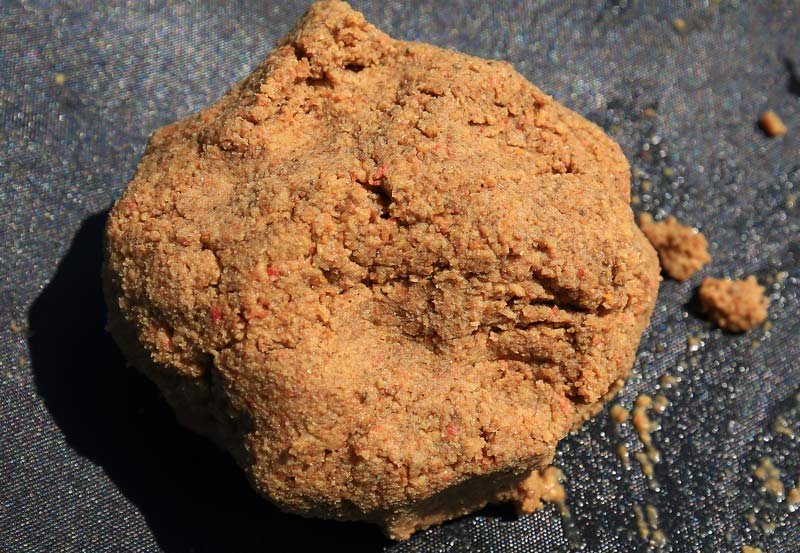
With the current trends heading the way they are, with large volumes of bait making carp difficult to catch, and groundbaits in small doses hard to pin the fish down, small bits of paste fished over small parcels of micro pellets should in theory be the perfect way to now catch the fish.
Just the smallest amount of groundbait attractor is entering the swim in the form of your hook bait; your hook bait and feed can be cupped in together so it is accurate and also, due to the heaviness of the bait, fishing slightly further away from the bank could also be an option.
As an aside, I am convinced that many carp have learnt to not feed on the bottom once they come tight into the edge, but that’s a discussion for another time!
The Paste Mix

I do not believe that there is one magic mix, or even the old myth that the softer the paste, the quicker the bites, but I have a few rules I stick to that have served me well:
- The mix should be made from normal coarse pellets ground down as fine as possible. The smaller the particles, the longer the paste will stay on the hook.
- Be careful with the oil content. I do think oil is required to hold the paste together for longer when it is in the water; however, a high oil content in my opinion almost certainly puts the carp off. So get the balance right – generally the smaller the hook bait, the higher the oil content required.
- The consistency has to coincide with the frequency of the bites; there is absolutely no point having a paste so soft it melts off the hook before you get a bite. Your paste needs to last as long as required to be eaten, which means modifying it with water on the bank to suit.
- Always overwet your mix and then bring it back to the correct consistency by adding more powder.
- Changing the colour can help or hinder, which depends on the venue so experiment. Green and brown are two reliable options.
The Rigs
There once was a time when massive bristles and big floats were popular, but nowadays I prefer to scale back as much as possible. Basically, think of a slightly uprated pellet rig and that is what should be used for paste fishing.
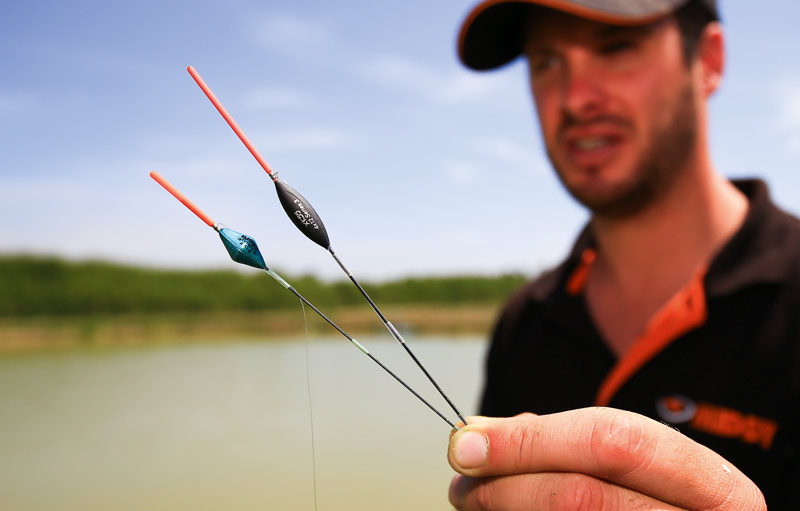
Undershotting the float slightly but not too much is also key; the more the float is undershotted, the quicker the upwards pressure will pull the hook out of the paste. The thickness of the bristle also adds to this problem, again it’s about tailoring your rig to your venue.

Bites as always are virtually unmissable on paste! If you miss a paste bite the likelihood is it wasn’t actually a bite and was in fact a liner. A proper paste bite will shoot under at a million miles an hour and more than likely make you jump! Slow, ponderous bites should be ignored.
Feeding
Feeding at the correct time is crucial and also feeding the minimal amount to get a response is key. Carp are very tuned in to being fished for these days, and feeding too much, or starting to introduce bait before the carp are feeding will lead only to catching less in most circumstances.

If you think about a summer commercial, the likelihood is when you get to your peg the carp will either be cruising around shallow or showing themselves toward the middle of the lake. So there is little point in feeding the margins or even a short pole in this instance, as all of the fish are out in the lake!
If you start feeding straightaway you will just end up with a stockpile of bait sat on the bottom and too much choice on the bottom for the fish. The key signs to look out for are the fish visibly moving in towards the bank. When you twig it you will soon be able to read the signs that the fish are ready to feed in the margins and that should be the signal to start feeding them.
One final point to make is that all of my feed is introduced via a pole pot. My approach is to feed small amounts of micro pellets and create a small pile of feed that the paste will be presented over. The theory being that when a carp comes in it takes my hook bait and the feed all in one go, leaving me with a fresh swim for the next ship out. In theory every time you ship out and feed you are resetting the swim from fresh.
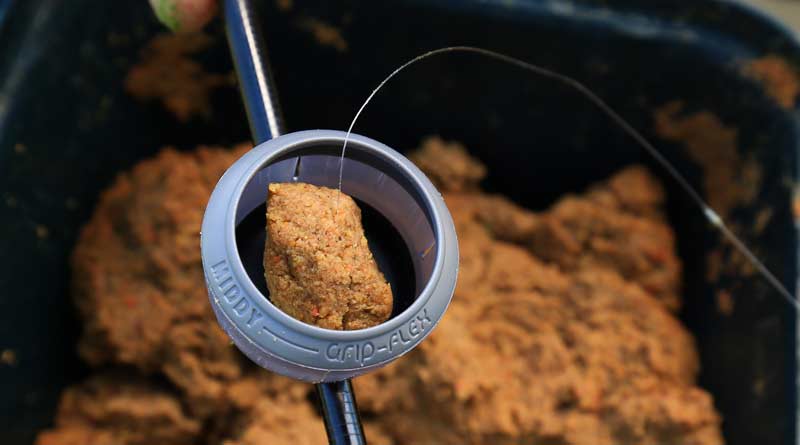
This is why spotting when the fish are happy to come into the margins is so important. It isn’t necessarily the feed that has pulled them into the margins, it’s because they want to be there and I am just feeding enough to catch one at a time. This makes them so much easier to catch.
It may not look as flamboyant as having a load of carp tailing up in the margins, but come the all-out, you will have caught more fish!
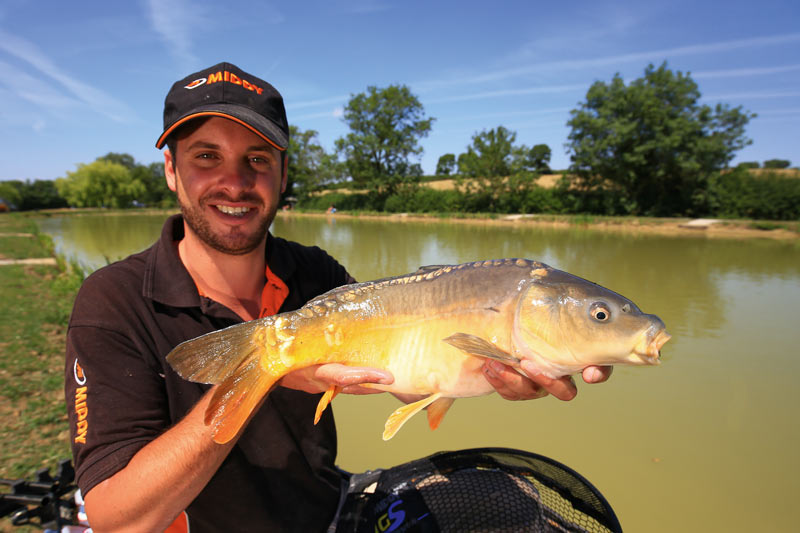
Angler: Lee Thornton
Sponsores: Middy & Bag 'em Match Baits
- Log in or register to post comments










